Jean Auguste Dominique Ingres was a 19th-century Neoclassical French painter. Ingres was born in Montauban, France, on August 29, 1780.
In 1791, when he was only 11, he enrolled in the Academy of Toulouse. He later joined the Parisian studio of the painter Jacques Louis David, the greatest interpreter of French Revolutionary ideals.
Ingres shared David’s love for classics; but preferred to concentrate on the search for formal perfection rather than the heroic content his master favored.
In 1799 Ingres entered the Ecole des Beaux Arts. In 1801 he won the Grand Prix de Rome at the Academy of France, earning the right to study in Rome for a period of time.
While waiting to leave for Rome, Ingres became successful as a portrait painter for Paris’s bourgeoisie, an activity he continued throughout his life. His portraits stood out for their elegance and the meticulous care he took in representing every single detail.
From 1806 to 1824, Ingres traveled to Rome and Florence to study Renaissance art, concentrating on works by Raphael.
When he was 28 he painted the Valpinçon Bather, emphasizing the linear rhythms of the female body within an essential setting.
In all his paintings, Ingres concentrated on the lines of his figures rather than the depth and volume of shapes.
In 1813 he married Madeleine Chapelle, to whom he dedicated the painting Raphael and the Fornarina.
The following year he completed La Grande Odalisque, a female nude painted with soft colors and elegant and sinuous lines.
His choice of an oriental subject, which he would paint again almost 30 years later in his Odalisque with a Slave, was indicative of a taste for exoticism popular in Europe starting at the end of the 1700s.
In 1824 he returned to France and took part in the Paris Salon. His painting The Vow of Louis XIII, proved very successful. It was inspired by the Madonna di Foligno by Raphael, who Ingres considered the greatest painter of all time.
In 1825 he was awarded the French Legion of Honor. In 1827 King Charles X commissioned him to paint The Apotheosis of Homer.
After spending some years in Italy as the Director of the Academy of France in Rome, Ingres returned to Paris, where he was commissioned to paint numerous works including two murals for the Castle of Dampierre – The Golden Age and The Iron Age – which he never completed due to his wife’s death and a disease afflicting his eyes.
In 1863 he produced his last great painting, The Turkish Bath, in which he portrayed a crowd of soft female nudes. Ingres died on January 14, 1867. He was 86. His painting influenced many artists, most notably Degas, Renoir and Matisse.
In 1791, when he was only 11, he enrolled in the Academy of Toulouse. He later joined the Parisian studio of the painter Jacques Louis David, the greatest interpreter of French Revolutionary ideals.
Ingres shared David’s love for classics; but preferred to concentrate on the search for formal perfection rather than the heroic content his master favored.
In 1799 Ingres entered the Ecole des Beaux Arts. In 1801 he won the Grand Prix de Rome at the Academy of France, earning the right to study in Rome for a period of time.
While waiting to leave for Rome, Ingres became successful as a portrait painter for Paris’s bourgeoisie, an activity he continued throughout his life. His portraits stood out for their elegance and the meticulous care he took in representing every single detail.
From 1806 to 1824, Ingres traveled to Rome and Florence to study Renaissance art, concentrating on works by Raphael.
When he was 28 he painted the Valpinçon Bather, emphasizing the linear rhythms of the female body within an essential setting.
In all his paintings, Ingres concentrated on the lines of his figures rather than the depth and volume of shapes.
In 1813 he married Madeleine Chapelle, to whom he dedicated the painting Raphael and the Fornarina.
The following year he completed La Grande Odalisque, a female nude painted with soft colors and elegant and sinuous lines.
His choice of an oriental subject, which he would paint again almost 30 years later in his Odalisque with a Slave, was indicative of a taste for exoticism popular in Europe starting at the end of the 1700s.
In 1824 he returned to France and took part in the Paris Salon. His painting The Vow of Louis XIII, proved very successful. It was inspired by the Madonna di Foligno by Raphael, who Ingres considered the greatest painter of all time.
In 1825 he was awarded the French Legion of Honor. In 1827 King Charles X commissioned him to paint The Apotheosis of Homer.
After spending some years in Italy as the Director of the Academy of France in Rome, Ingres returned to Paris, where he was commissioned to paint numerous works including two murals for the Castle of Dampierre – The Golden Age and The Iron Age – which he never completed due to his wife’s death and a disease afflicting his eyes.
In 1863 he produced his last great painting, The Turkish Bath, in which he portrayed a crowd of soft female nudes. Ingres died on January 14, 1867. He was 86. His painting influenced many artists, most notably Degas, Renoir and Matisse.
RELATED


KATE MOSS
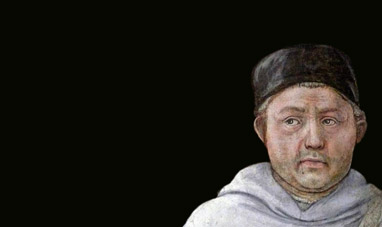

FILIPPO LIPPI
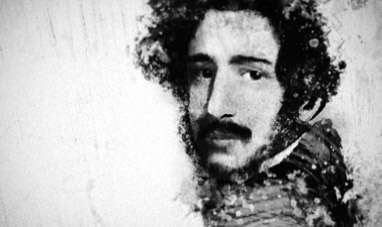

GAETANO DONIZETTI
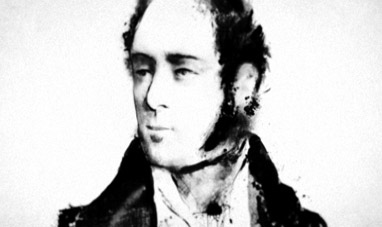

VINCENZO BELLINI
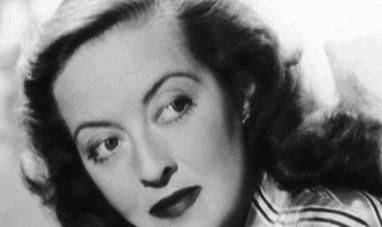

BETTE DAVIS


ADOLF LOOS
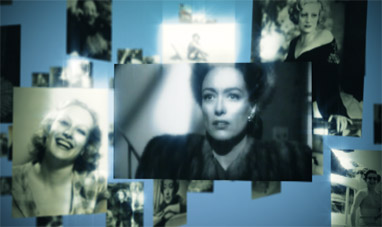

JOAN CRAWFORD
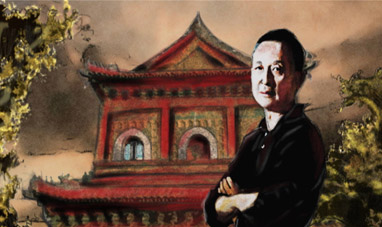

GAO XINGJIAN


STEVEN SPIELBERG


RENZO PIANO
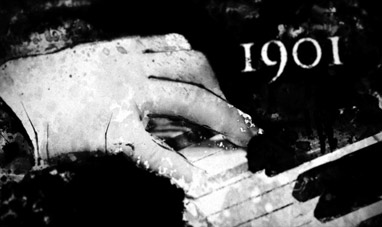

SERGEI RACHMANINOFF


KARL FRIEDRICH SCHINKEL


CLAUDE MONET


FRANCESCO BORROMINI


GEORGE BALANCHINE
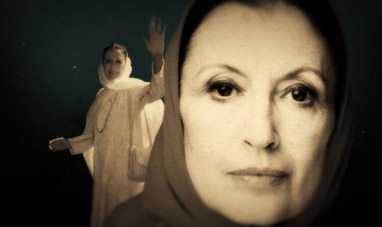

CARLA FRACCI
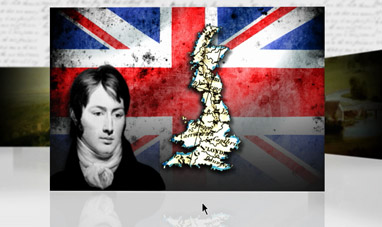

JOHN CONSTABLE
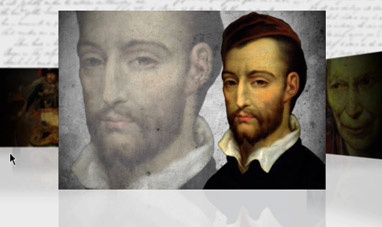

THÉODORE GÉRICAULT


ANDREI TARKOVSKY


KRZYSZTOF KIELOWSKI
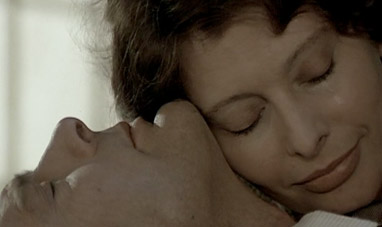

SOPHIA LOREN
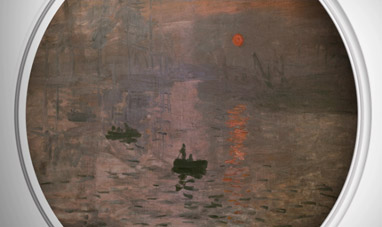

IMPRESSION, SUNRISE


GÜNTER GRASS
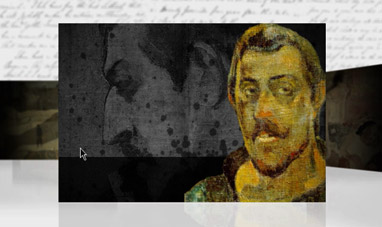

PAUL GAUGUIN


WOODY ALLEN
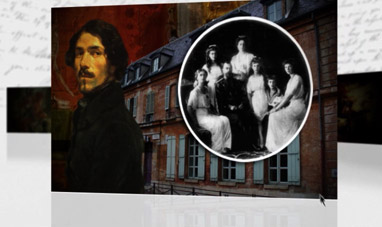

EUGÈNE DELACROIX
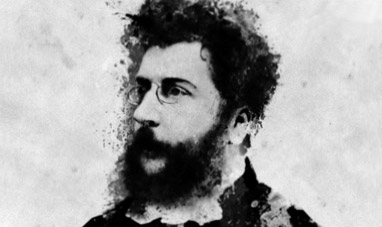

GEORGES BIZET
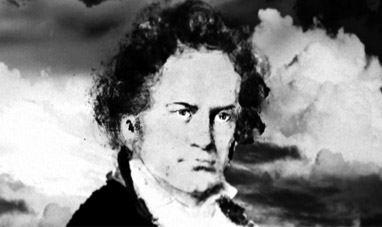

LUDWIG VAN BEETHOVEN
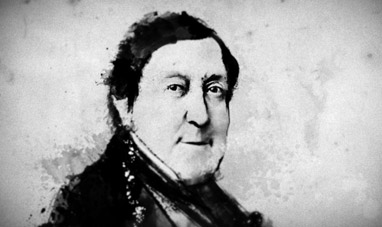

GIOACCHINO ROSSINI


JOVANOTTI
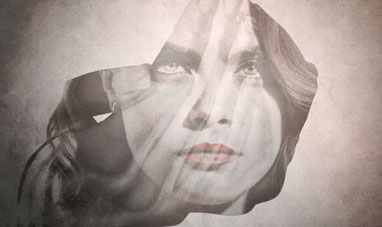

CARA DELEVINGNE
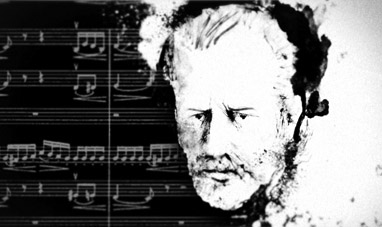

PYOTR ILLYCH TCHAIKOVSKY
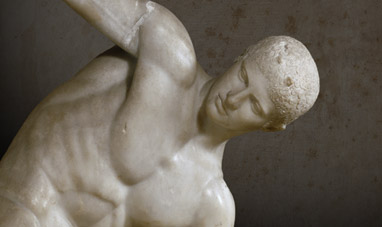

MYRON


JOEL AND ETHAN COEN
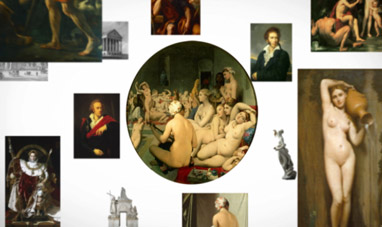

NEOCLASSICISM
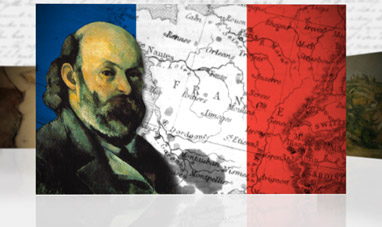

PAUL CÉZANNE
